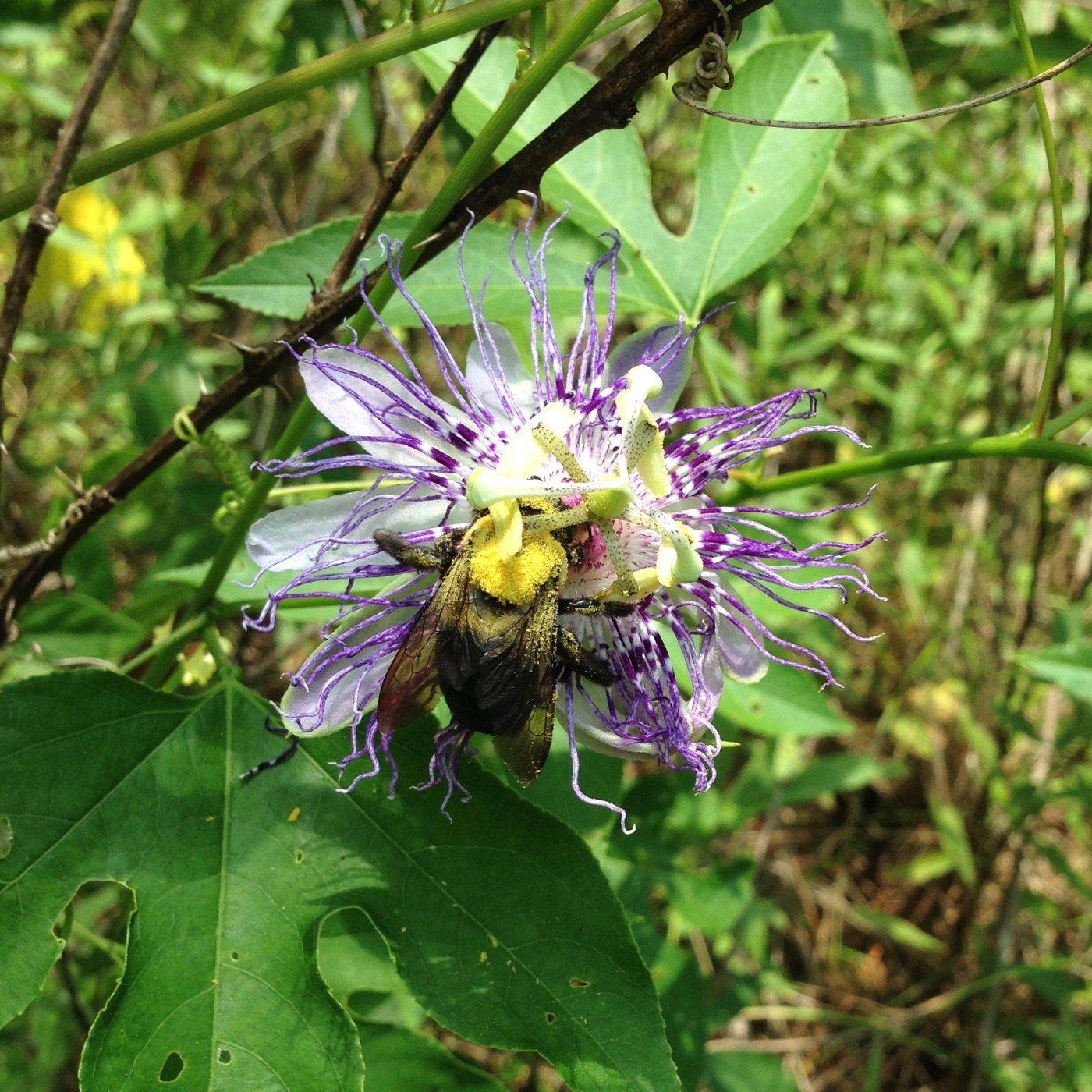Bee communities in forestry production landscapes: interactive effects of local-level management and landscape context
August 2020

Land-use change is a key driver of pollinator declines worldwide. Plantation forests are a major land use worldwide and are likely to expand substantially in the near term, especially with projected cellulosic biofuel production. But little is known about the potential local and landscape-scale impacts of plantation forestry on bees, the most important group of pollinators worldwide. We studied the effects of local management, landscape context, and their interaction on bee abundance and species richness in the southeastern US, in pine plantations, and other nearby land uses. Management policies and guidelines must consider the landscape context in addition to the local-level management, as well as the interactive effects of these different spatial scales. The management of spatial heterogeneity of these biofuel cultivation landscapes is critical to the conservation of bee diversity.